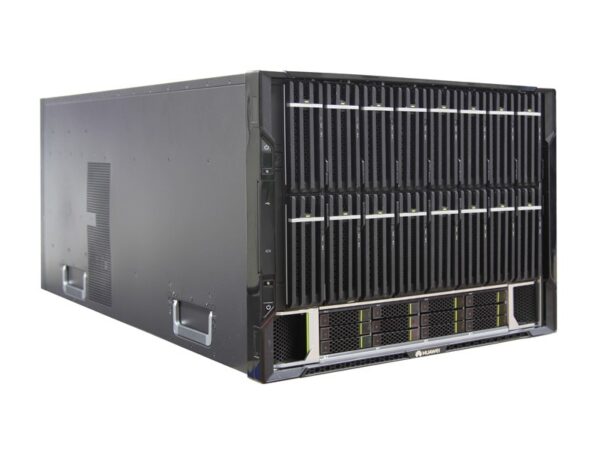
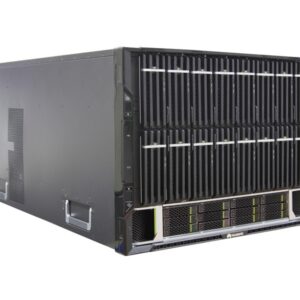
Huawei FusionServer RH8100 V3 Rack Server
| Model: | Huawei FusionServer RH8100 V3 Rack Server |
| Detail: | Huawei FusionServer RH8100 V3 Rack Server,4 or 8 Intel Xeon E7-8800 v2/v3 series processors, 192 DDR4 DIMMs supports, RAID, 8 hot-swappable fan modules, 4 hot-swappable Power supplies |
- Description
- Reviews (0)
Description
Huawei FusionServer RH8100 V3 Rack Server Specifications |
|||
|
Form factor |
8U rack server without holding rails. |
||
|
Processor |
A maximum of eight Intel® Xeon® E7-8800 v2 (IvyBridge-EX) processors. Each processor supports up to 37.5 MB L3 cache capacity and 15 cores. (Four processors can also be configured.) A maximum of eight Intel® Xeon® E7-8800 v3 (Haswell-EX) processors. Each processor supports up to 45 MB L3 cache capacity and 18 cores. (Four processors can also be configured.) A maximum of eight Intel® Xeon® E7-8800 v4 (Broadwell-EX) processors. Each processor supports up to 60 MB L3 cache capacity and 24 cores. (Four processors can also be configured.) NOTICE: The RH8100 V3 supports memory riser hot swap only when equipped with E7 v2 or E7 v3 processors. |
||
|
Chipset |
Intel Patsburg PCH-J (C602-J). |
||
|
Number of DIMM slots |
Up to 192 DIMM slots in 16 memory boards (Each processor supports two memory boards.) E7 v2: supports only DDR3 DIMMs and memory boards. E7 v3/v4: supports only DDR4 DIMMs and memory boards. NOTE: 192 DIMM slots are supported only when you use the 12-DIMM memory boards. |
||
|
Maximum memory capacity |
12 TB (using 64 GB DIMMs). |
||
|
Number of hard disks |
FM-A: supports 12 hot-swappable SAS or SATA HDDs or SSDs. FM-B: supports 24 hot-swappable SAS or SATA HDDs or SSDs. FM-C: supports 8 hot-swappable SAS or SATA HDDs or SSDs. FM-D: supports 8 hot-swappable SAS or SATA HDDs, SSDs, or NVMe PCIe SSDs. NVMe PCIe SSDs do not support the hardware RAID function. NOTICE: The RH8100 V3 cannot be equipped with Huawei ES3000 V3 NVMe PCIe SSDs and Intel NVMe PCIe SSDs at the same time. When Huawei ES3000 V3 NVMe PCIe SSDs are installed, upgrade the ES3000 V3 driver to the latest version. |
||
|
RAID support |
A RAID controller card supports either of the following: RAID 0, 1, 10, and 1E. RAID 0, 1, 10, 5, 50, 6, and 60, a maximum cache capacity of 2 GB, and a supercapacitor for power-off protection. One or two RAID controller cards of the same model. |
||
|
Network port |
The LOM can be flexibly configured to provide either of the following ports: Up to two LOMs. 2-port GE-RJ45/4-port GE-RJ45/2-port 10GE SFP+/2-port 10GE RJ45. |
||
|
PCIe slot |
Both the FM-A and BIO support standard PCIe slots. Each of the other FM modules supports only two RAID controller card slots, but does not support standard PCIe slots. The server supports 18 PCIe slots when equipped with FM-A. Two PCIe 3.0 x16 and eight PCIe 3.0 x8 slots are on the rear I/O module, used for installing standard cards that need to connect to external cables, for example, NICs, HBAs, and IB cards. Two PCIe 3.0 x16 and four PCIe 3.0 x8 slots are on FM-A by using two PRMs, used for installing standard cards that do not need to connect to external cables, for example: Six Huawei ES3000 PCIe SSD cards Two Huawei-certified GPUs Three Huawei ES3000s and one GPU Two RAID controller card slots are on FM-A. NOTICE: The RH8100 V3 cannot be equipped with Huawei ES3000 V3 NVMe PCIe SSD cards and Intel NVMe PCIe SSDs at the same time. When Huawei ES3000 V3 NVMe PCIe SSD cards are installed, upgrade the ES3000 V3 driver to the latest version. |
||
|
External ports and buttons |
Front panel: two USB 2.0 ports, one Power button, one UID button, one VGA port, and one touchable LCD diagnosis panel Rear panel: Two HFCs. Each provides two USB 2.0 ports, one VGA port, one serial port, one GE management network port, one UID indicator, and one LOM slot. |
||
|
DVD-ROM drive |
DVD-RW drive with one SATA port. |
||
|
Graphics card |
The graphics card is integrated into an HFC, and supports 32 MB display memory and a maximum resolution of 1280 x 1024. |
||
|
PSU |
You can choose 3000 W AC, 2000 W AC, or 2500 W DC PSUs. The PSUs can be configured in 2+2 or 1+1 redundancy mode. |
||
|
System management |
Supports remote management, WebUIs, virtual KVM, and standard protocols such as IPMI 2.0 and SNMP. |
||
|
Security |
Power-on password and administrator password. |
||
|
Technical specifications |
|||
|
Chassis dimensions (H x W x D) |
352 mm x 447 mm x 855 mm (13.86 in. x 17.60 in. x 33.66 in.) |
||
|
Installation space |
The server fits into a universal cabinet complying with the IEC 297 standard. Cabinet width: 19 in. Cabinet depth: > 1000 mm (39.37 in.) Guide rail installation requirements are as follows: L-shaped guide rails: apply only to a Huawei cabinet. Adjustable guide rails: apply to a cabinet with a distance between the front and rear mounting bars of 543.5 mm (21.40 in.) to 848.5 mm (33.41 in.). Holding rails: apply to a cabinet with a distance between the front and rear mounting bars of 610 mm (24.02 in.) to 914 mm (35.98 in.). |
||
|
Weight |
Maximum weight: 8-bay server: 152 kg (335.10 lb) 12-bay server: 160 kg (352.74 lb) 24-bay server: 165 kg (363.76 lb) |
||
|
Packaging material weight: 20 kg (44.10 lb) |
|||
|
Temperature |
Operating temperature: 5°C to 40°C (41°F to 104°F) (ASHRAE Class A3 compliant) NOTE: When the 64 GB DIMMs or high-power GPUs are configured, the maximum operating temperature is 35°C (95°F). Storage temperature: -40°C to +65°C (-40°F to +149°F) Temperature change rate: < 20°C/h (36°F/h) Long-term storage temperature: 21°C to 27°C (69.8°F to 80.6°F) |
||
|
Humidity |
Operating humidity: 10% RH to 90% RH (non-condensing) Storage humidity: 5% RH to 95% RH (non-condensing) Humidity change rate: < 20% RH/h Long-term storage humidity: 30% RH to 69% RH (non-condensing) |
||
|
Altitude |
≤ 3000 m (9842.40 ft) The highest operating temperature decreases by 1°C (1.8°F) with every increase of 300 m (984.24 ft) in an altitude above 900 m (2952.72 ft). At an altitude of over 3000 m (9842.5 ft), only Titanium PSUs can be used. HDDs are not supported at an altitude of over 3000 m (9842.5 ft). |
||
|
Acoustic noise |
The data listed in the following is the declared A-weighted sound power levels (LWAd) and declared average bystander position A-weighted sound pressure levels (LpAm) when the server is operating in a 23°C (73.4°F) ambient environment. Noise emissions are measured in accordance with ISO 7779 (ECMA 74) and declared in accordance with ISO 9296 (ECMA 109). Idle: LWAd: 6.6 Bels LpAm: 50.0 dBA Operating: LWAd: 6.9 Bels LpAm: 52.7 dBA NOTE: The actual sound levels generated during server operating vary depending on the server configuration, load, and ambient temperature. |
||
|
Corrosive air pollutant |
Corrosion rate of the copper test piece: < 300 Å/month (in compliance with the ANSI/ISA-71.04-2013 gaseous corrosion level G1) Corrosion rate of the silver test piece: < 200 Å/month |
||
|
Particulate pollutant |
The ISO14664-1 Class 8 requirements are met. You are advised to ask a professional organization to monitor particulate pollutants in the equipment room. There is no explosive, conductive, magnetic, or corrosive dust in the equipment room. |
||
|
Input voltage |
2500 W DC PSU: –48 V DC to –60 V DC 2000 W AC PSU: 90 V AC to 264 V AC at 50 Hz or 60 Hz 240 V DC 3000 W AC PSU: 90 V AC to 264 V AC at 50 Hz or 60 Hz 240 V DC NOTE: The recommended current specifications for the external power circuit breaker connected to the RH8100 V3 are as follows: AC: 32 A DC: 63 A 380 V HV DC: 32 A |
||
|
Input current |
2500 W DC PSU: 63 A 2000 W AC/DC PSU: 10 A 3000 W AC/DC PSU: 16 A NOTE: A 2000 W PSU uses a 25 A internal fuse. |
||
|
Rated output voltage |
12 V DC |
||
|
PSU power rating |
The RH8100 V3 supports PSUs in 2+2 or 1+1 redundancy mode. The following lists the power rating for each type of PSU: 2500 W DC PSU: 2500 W (input voltage: –48 V DC to –60 V DC) 2000 W AC PSU: 800 W (90-143 V AC input) 1800 W (180-242 V AC input) 2000 W (198-264 V AC input) 2000 W (216-264 V DC input) 3000 W AC PSU: 1200 W (90-143 V AC input) 2500 W (180-242 V AC input) 3000 W (200-264 V AC input) 3000 W (216-264 V DC input) |
||
|
Power consumption for 4–socket server |
Maximum power consumption: 1313.94 W Typical power consumption: 1041.54 W Minimum power consumption: 769.73 W |
||
|
Power consumption for 4–socket server |
Maximum power consumption: 2627.88 W Typical power consumption: 2083.07 W Minimum power consumption: 1539.46 W |
||

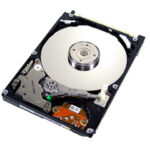
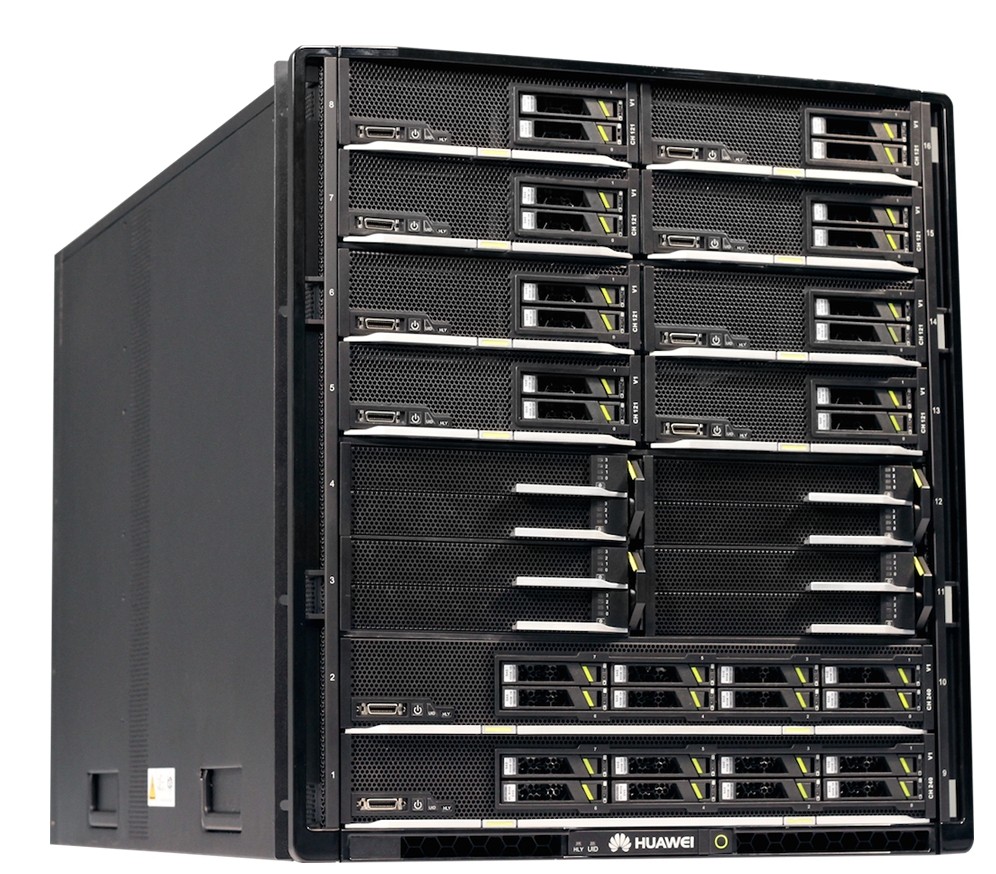


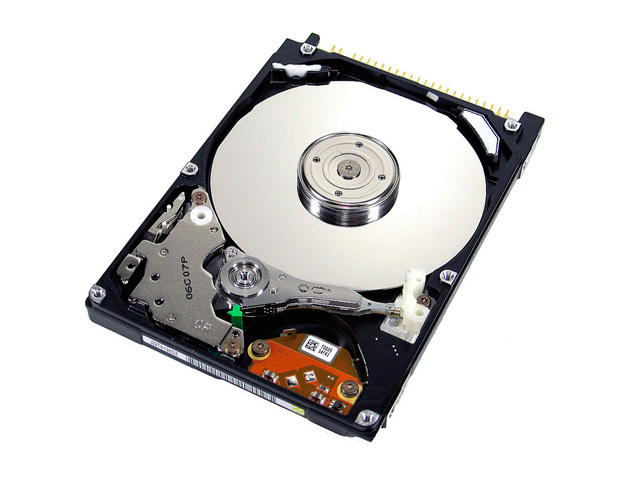
Reviews
There are no reviews yet.